Mark Rothko: The Poet of Abstract Expressionism
Mark Rothko, born in 1903 in Latvia, is one of the most influential figures of the Abstract Expressionist movement in the United States. Emigrating to the U.S. as a child, Rothko’s early work was figurative, but by the 1940s, he began exploring abstraction, which would define his career. His mature style, characterized by large canvases featuring blocks of color, emerged in the 1950s and became synonymous with his name.
Rothko’s work is less about form and more about the emotional and spiritual experiences evoked by color. His use of deep, saturated hues, often in subtle gradations, creates a sense of depth and infinite space. Rothko aimed to evoke profound emotional responses, describing his art as an exploration of the “tragic and timeless” aspects of the human condition.
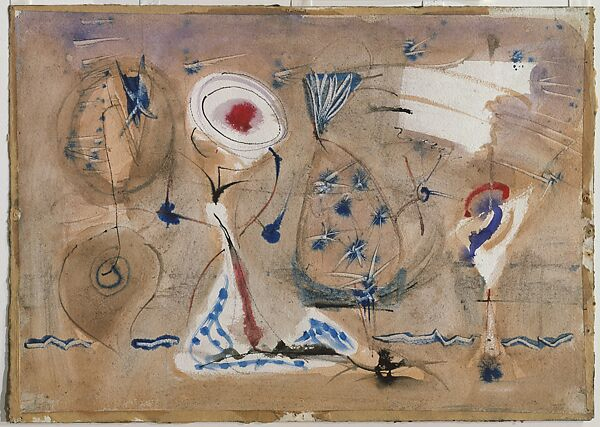
His paintings, often devoid of recognizable forms, invite viewers into a contemplative state, where the boundaries between the self and the canvas blur. Rothko’s work is a journey inward, prompting introspection and a deep emotional connection. Despite his success, Rothko struggled with depression, leading to his tragic death in 1970. Today, Rothko’s works are revered for their emotional depth, making him a central figure in 20th-century art.
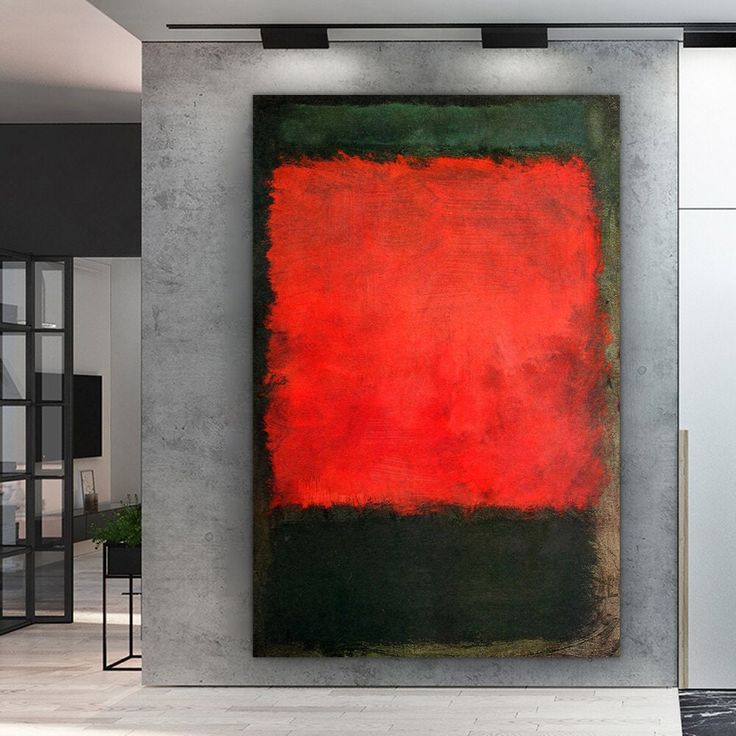
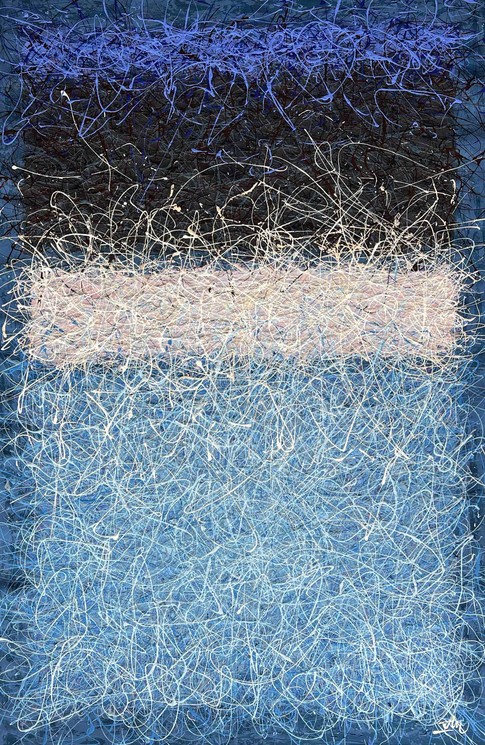
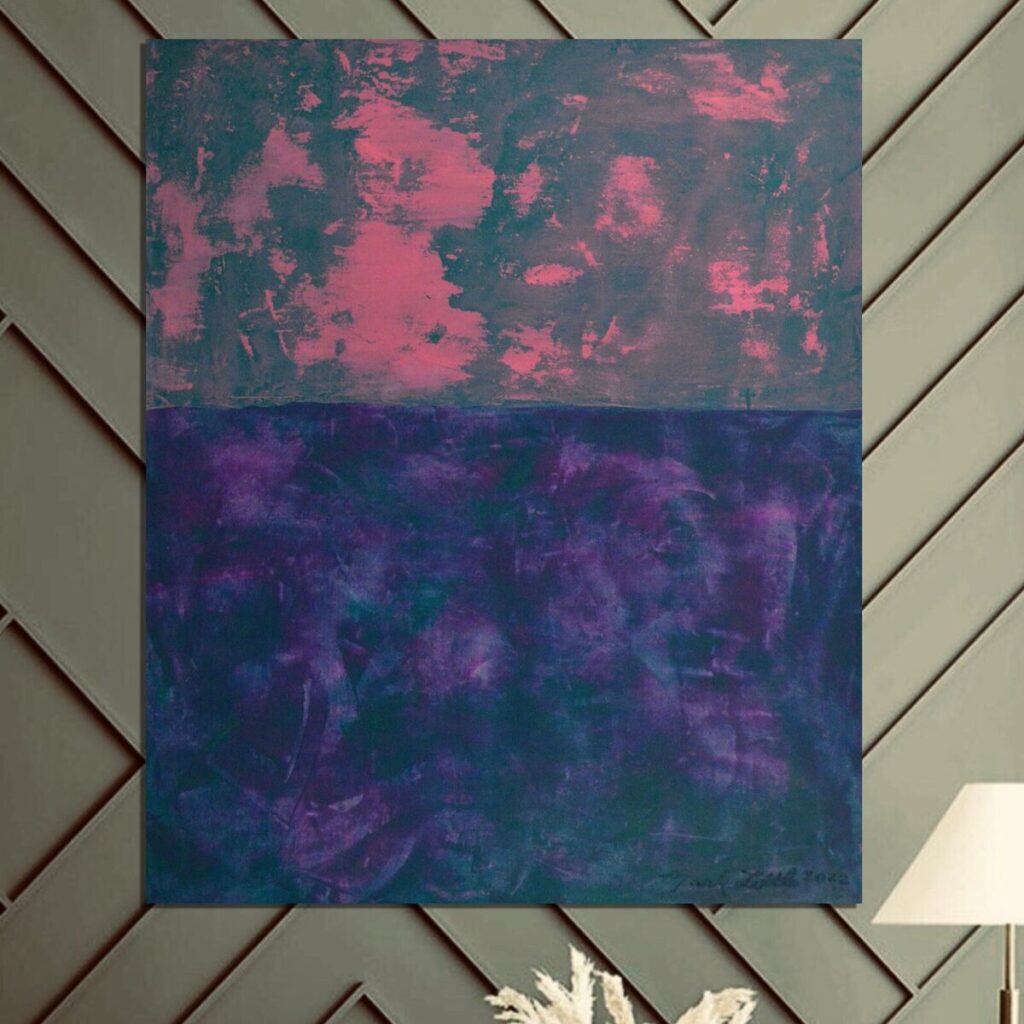

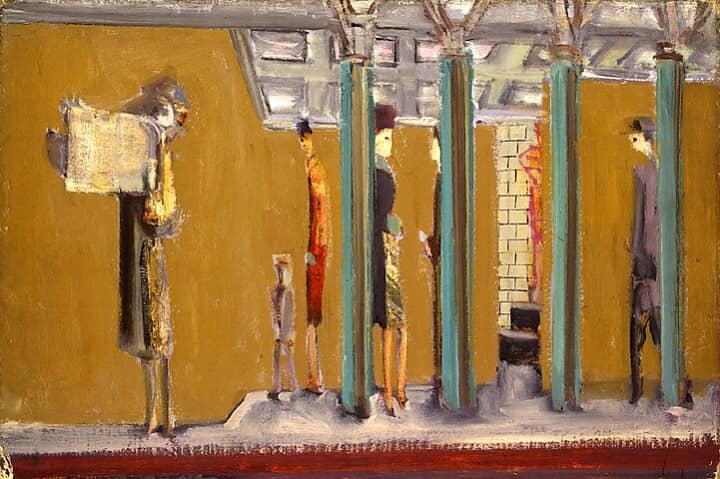

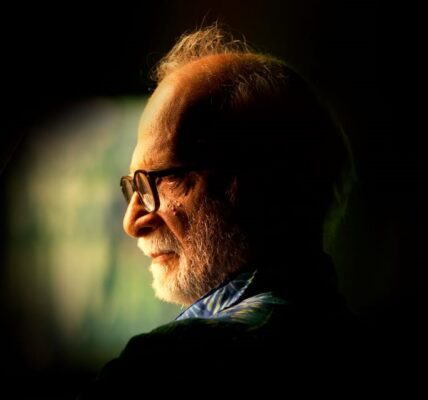
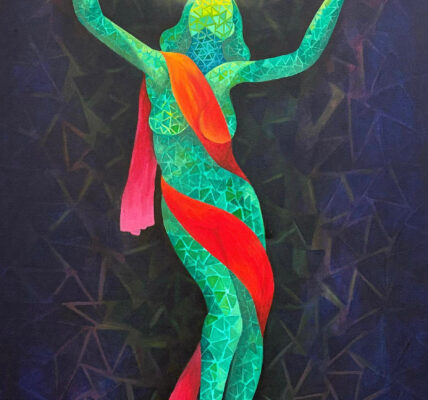
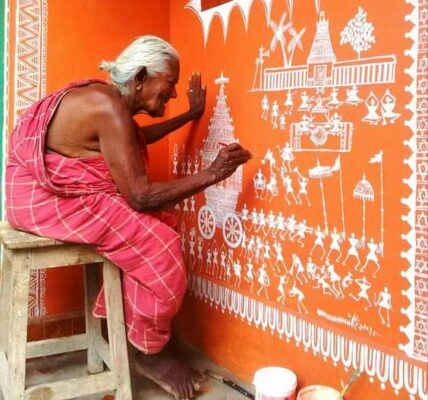
Fantastic observation in the article.Lends an indepth view of the artist and his works.